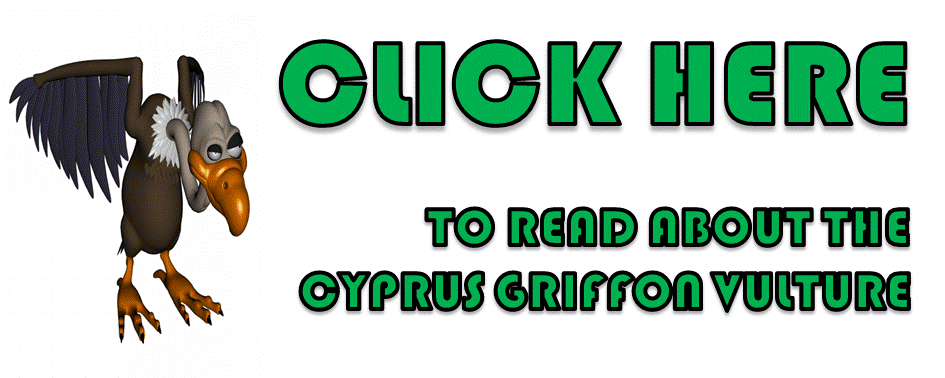ONE OF THREE ENDEMIC SNAKES IN CYPRUS
A NON-VENOMOUS SKILLED CLIMBER
The Cyprus Whip Snake is one of three endemic snakes found in Cyprus. This graceful specimon typically grows up to 1.5 metres in length and it is known to move quickly when it has to. This snake was discovered quite recently as it was previously mistaken for juvenile Black Whip Snakes, which have similar markings. The Cyprus Whip Snake, like its contemporary, gets its name from the shape of its long agile tale, which gives it its whip-like appearance. The snake has large eyes and a pointed snout and is typically sandy brown in colour. Its colour darkens as the snake matures. Surprisingly, this non-venomous snake is a very skilled climber and it can traverse vertical walls and trees very easily and rather quickly.
A RARE SIGHTING
Sightings of the Cyprus Whip Snake have become rare. They generally stay away from human activity, preferring to remain in their natural habitat in rural areas of the Troodos Mountains. The snake has been known, however, to venture into the Paphos Forest. Sightings of it are also common in some villages situated in these areas. Sightings of the snake usually peak during its breeding season in May. Boisterous males tend to travel further seeking females. After mating the snakes separate and likely never cross paths again. Females usually lay their eggs in burrows and then abandon them almost immediately. The young snakes after hatching then emerge fully formed and capable of fending for themselves.

STEALTH HUNTERS
The snake is usually active during the day and prefers to remain near water. These snakes prefer rocky ground near shrubs and vegetation. As the snake is an avid climber, it is also found in high tree lines where it lies in wait for prey. A stealth hunter, it uses its speed and agility to catch various prey and It often climbs trees to attack bird’s nests. The snake is an effective hunter of various small mammals, birds, lizards, and several insects. The snake is also known as ‘The Rat Catcher’, particularly because of its effectiveness at hunting down various rodents. The Cyprus Whip Snake also hunts other snakes on the island. It is the main adversary of the BLUNT-NOSED VIPER and is directly attributed to controlling the numbers of these snakes. This snake is not considered dangerous to humans but it will attack if it is threatened or provoked. When cornered the snake inflates its body, and then strikes repeatedly whipping its tail in an attempt to deter potential threats.
CONSERVATION
The Cyprus Whip Snake, like many snake species, plays a crucial role in the ecosystem on the island. Although it is a protected species its numbers are regularly falling. Habitat losses, as well as road mortality, are the two main factors blamed for the snake’s decline. In addition to this, although this snake poses little or no threat to humans, farmers kill several of them every year. Increased sightings of Blunt-Nosed Vipers in general have also highlighted this snake’s decline. Conservationists hope to ensure the long-term survival of this fascinating and ecologically important snake with a series of initiatives. These initiatives aim to protect the snake and its natural habitat. They have created several protected areas ensuring a safe environment for the snake. Public awareness campaigns and educational programs have also taken place. These have taught people that these particular snakes pose them no threat and that they control the Blunt-Nosed Viper numbers on the island.




